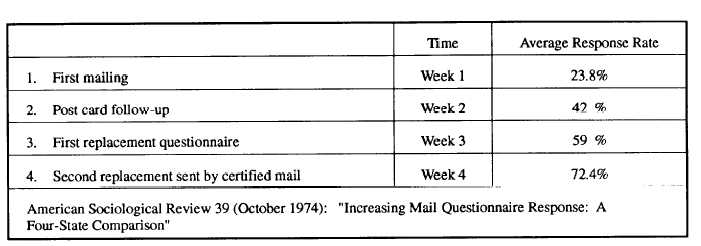Figure 9-1.—Mail survey response rate progression.
this would be surveys mailed out to 400 members of
your base with 59 of those surveys having been mailed,
by chance, to the Marines. You do follow-up mailings
to the original individuals selected that have not turned
in their responses and still only the Marines remain in
the category of those who have returned 100 percent of
their surveys. If you have randomly selected your
sample size, sending more surveys to the Marines might
be appealing, but it will mean a disproportionate
(biased) number of Marine opinions will then be in your
survey. You should do one or more of the following:
forward a follow-up notice; send second survey
mailings to the chosen respondents; conduct telephone
interviews; or in rare cases, conduct face-to-face
interviews of those few random sample selectees who
have not yet answered their questionnaires. Remember,
keep your follow-up attempts based on your original
randomly selected individuals.
5. Make sure the purpose of the survey is clearly
stated and that each respondent has been selected by a
random method and will not by any chance have his or
her identity released. Then make sure you follow
through with that promise. (Remember, credibility is
paramount.)
6. Put some authority behind the cover letter to the
survey. Getting the CO to sign it helps immensely.
DEVELOPMENT OF SURVEYS
Learning Objective: Identify the concept of audience
survey development.
Now that you have an idea of what a survey can do
for you and what types of surveys are available, the next
step for you is to understand the components and
strategies involved with producing a valid and
statistically reliable survey.
GETTING STARTED
Beginning a survey project is much like beginning
a story. First you should know why you are doing it.
Essentially, what information are you looking for that
can only be found by doing a formal survey? After you
have decided that the information cannot be attained
through any previously collected data source, you
should begin thinking about survey production. The
following is a list of questions that must be answered
before you start your survey research project:
l
l
l
l
l
Who are the people you are going to survey?
“Know your audience” is a phrase that keeps
coming up. Will you try to survey all the people
(called the population) in your audience?
If you are going to use a sample of the general
population, how will this sample be chosen and
how large will it be?
What method of distribution will you use? The
four possibilities are mail, telephone, interview
or a combination of the three.
What type of question format will you use? Are
open-ended, close-ended or a combination of
both called for?
How will the data be tabulated? If at all
possible, place your survey responses on a
computer. This might entail asking some local
computer hackers for help if none of your staff
has this talent, but seeking assistance will be
worth it.
9-5


